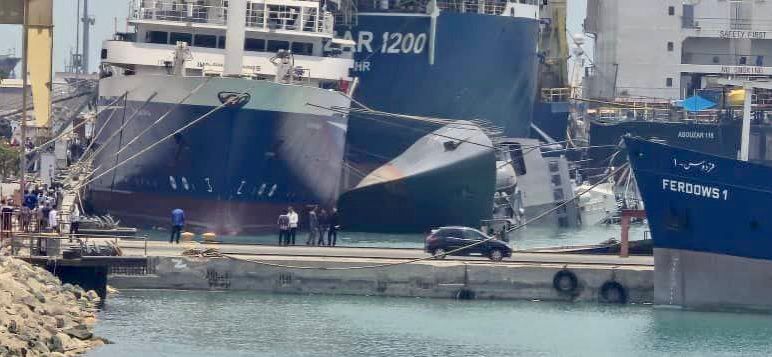Iran Loses Another Of Its Ill-Fated Moudge-Class Frigates
The Moudge or Mowj class Sahand (74) frigate, regarded as one of the most modern ships in the Islamic Republic of Iran Navy, sank for unknown reasons on July 7 while undergoing repairs in a port off the coast of Bandar Abbas, Hormozgan Province’s capital. The images shared on social media showed that the ship, which was found to have capsized on its left side, remained largely submerged and collided with the civilian ships next to it.
Although Iranian officials acknowledged the incident, they have yet to issue a clear statement about the details of the accident. However, according to local media reports citing the Bandar Abbas 1st Maritime Region public relations unit, the accident could have been caused by “problems in the ship’s ballast tank or water leakage that occurred during repairs.” Another theory is that “Sahand,” which was recently deployed in the Red Sea to assist Houthi forces, was the target of sabotage.
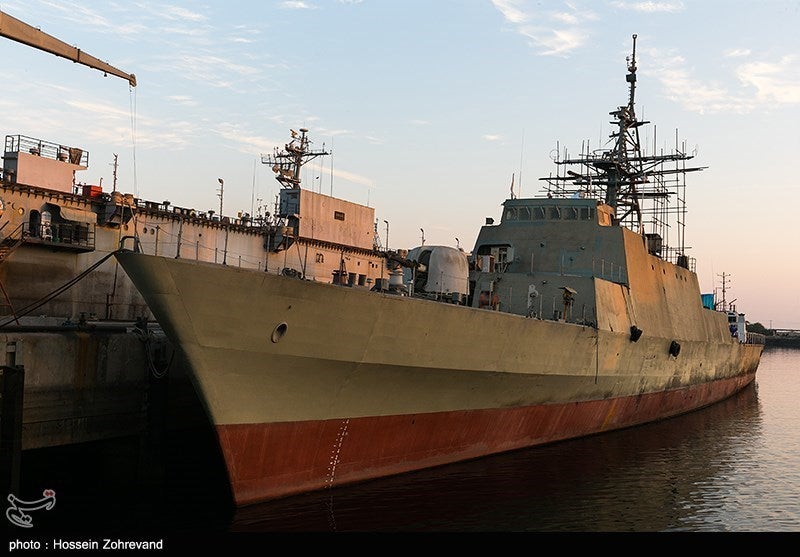
Reports regarding whether there was any loss of life in the mysterious accident also contradict each other. While some sources say an unspecified number of people were injured in the crash but were all taken to the hospital, others say two Navy personnel were killed.
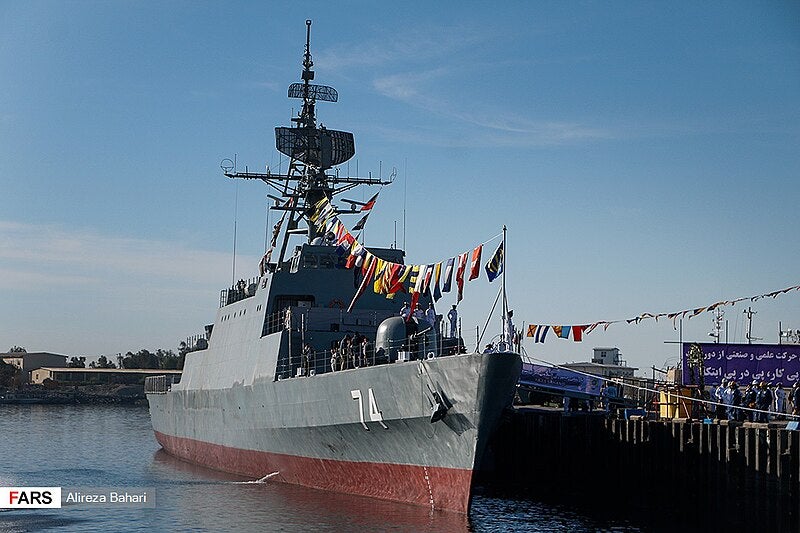
Following the rescue operations, it will be clear whether the frigate, which is largely submerged, will be able to resume operations. Although Iran Shipbuilding and Offshore Industries Complex (ISOIC) Chairman Salman Zarbi claims that the ship can still be repaired and made operational, replacing all mission equipment, such as electronics and weapon systems, which have been heavily exposed to salt water, will be incredibly expensive. As a result, even if the ship is re-floated intact, it is highly likely that it will be scrapped.
The Navy of the Islamic Republic of Iran has a long history of shipwrecks. These incidents involve the frigate IRIS Sahand and two sister ships of the same class. On January 10, 2018, the Damavand frigate, which had officially joined the Iranian Navy in March 2015, sank due to navigational errors in the Caspian Sea. To fill the void left by this ship, Tehran began construction of a new and more advanced ship, Damavand-2, at the Bandar Anzeli shipyard in collaboration with the Defense Industry Organization (DIO) Marine Industry Group and Iran Marine Factories, which was delivered to NEDAJA in the final months of last year. The second accident occurred when Talayieh, an apparent derivative of the Moudge-class frigate design, capsized while in dry dock in Bandar Abbas, Iran. Talayieh’s fate remains unknown following this incident, which occurred in 2021, and no statement has been issued by Iranian authorities.
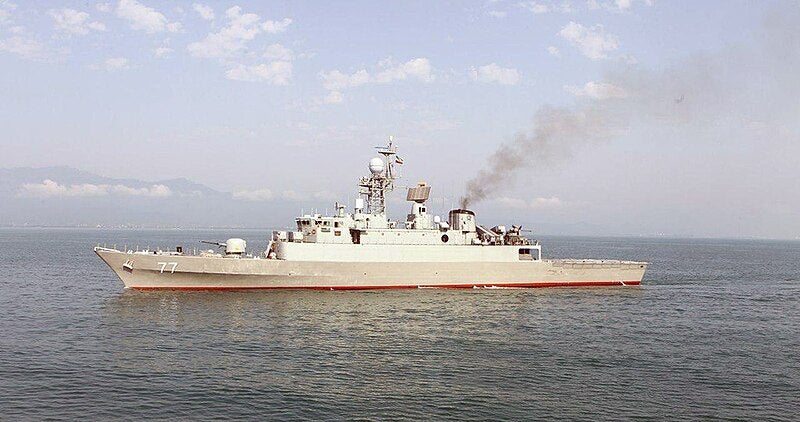
Aside from Mowj-class frigates, other major accidents experienced by the Iranian Navy include the sinking of the Iranian supply ship Kharg due to a fire near the Strait of Hormuz in the Gulf of Oman on June 2, 2021, and the heavy damage of the support ship IRIS Konarak due to friendly fire during a naval exercise in Oman on May 10, 2020.
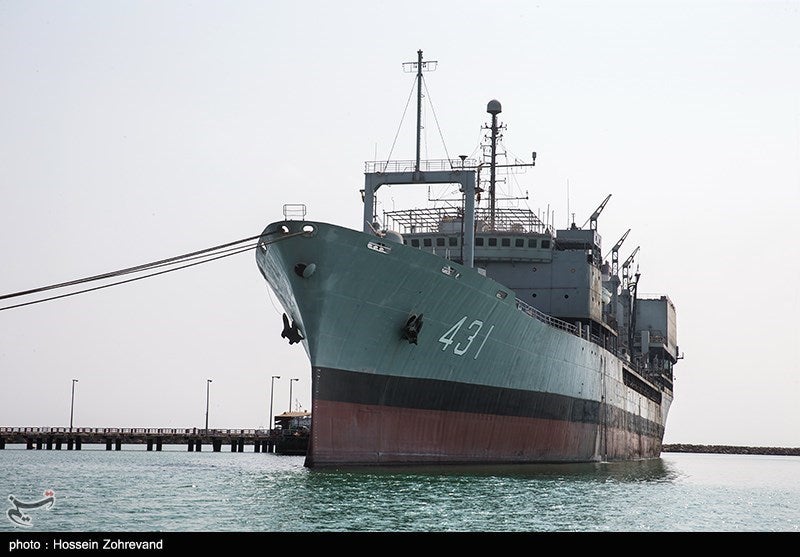
The causes of these accidents can be attributed to a variety of factors, including embargoes imposed on Iran, a lack of engineering skills and financial investments for modernizing existing old ships, insufficient naval personnel training, or sabotage. However, none of these explanations change the fact that the Iranians are unable to protect even their most vital military assets.

